Best known for its dramatic landscapes that highlight the country’s extreme biodiversity, Madagascar is a travel destination unlike any other in the world. On this island nation, there are over 200,000 known species, 80% of which can only be found there.
Lemurs are the most famous animals that are only found in Madagascar and its neighboring islands. While lemurs may be the most popular representation of Madagascar’s biodiversity, there’s plenty of wildlife to see.
Tonga Soa – Welcome to Madagascar!
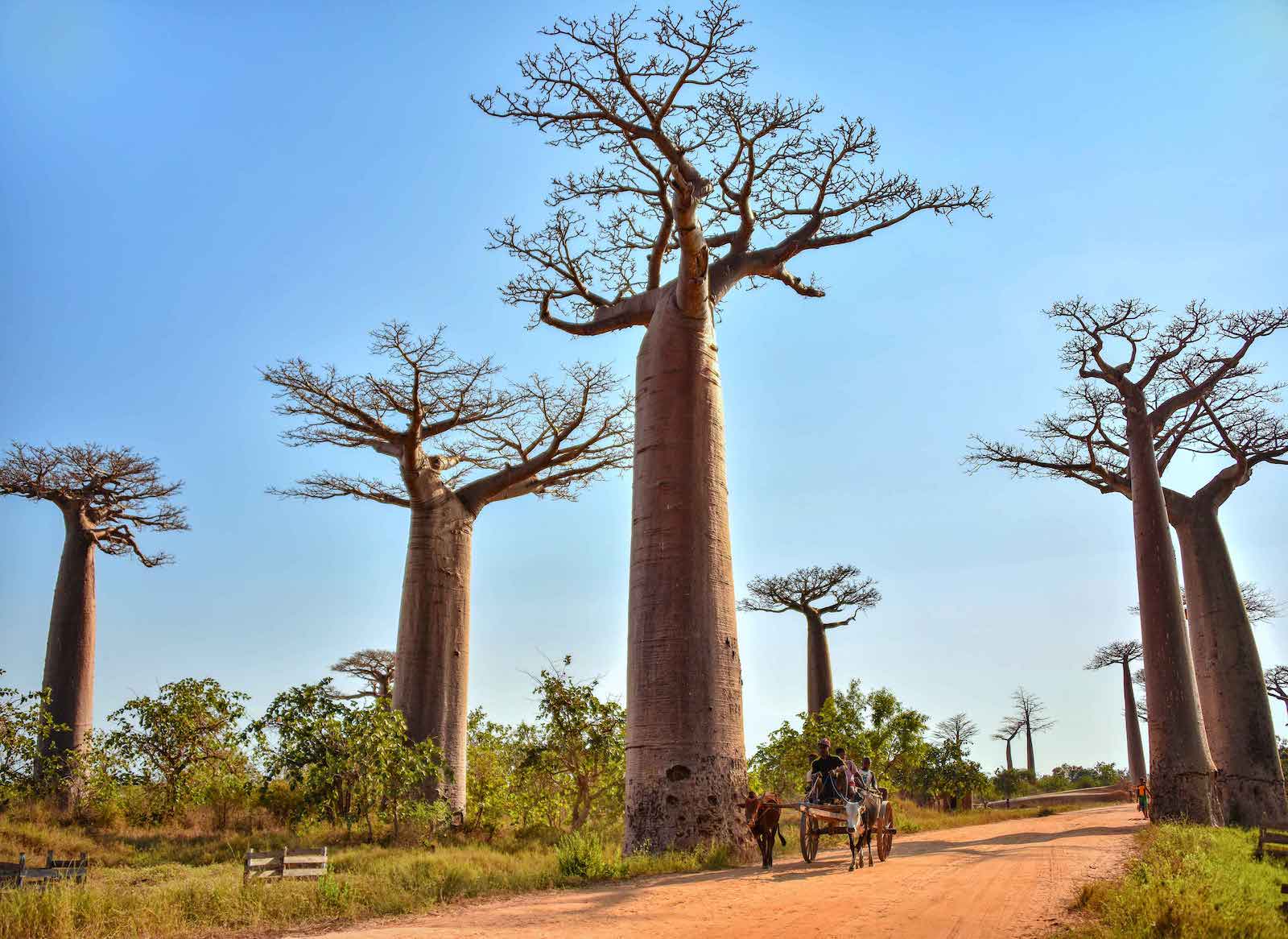
From rock canyons to mountains, rice paddies, turquoise waters, lush rainforests, and the famous baobab trees, Madagascar boasts an impressive array of landscapes. Along with its biodiversity, Madagascar also blends together different cultures from East Africa, Southeast Asia, and France.
With friendly locals, tourists are encouraged to explore the cities before they take off into nature. With a limited number of tourists, Madagascar is a wild place and the king of adventure travel.
Exploding with color and the very opposite of peaceful nature, Antananarivo is the capital of Madagascar and the heart of its culture. Locally called Tana, the city highlights Madagascar’s past through historic sites and colonial architecture.
The capital is also the center of the government, and while overwhelming at times, is not a place to skip. Travelers who take the time to explore the hilly streets will soon fall in love with its charm.
- Culture and Language
- Spending Budget
- How to Get Around
- Top Cities to Visit
- Points of Interest
Culture and Language
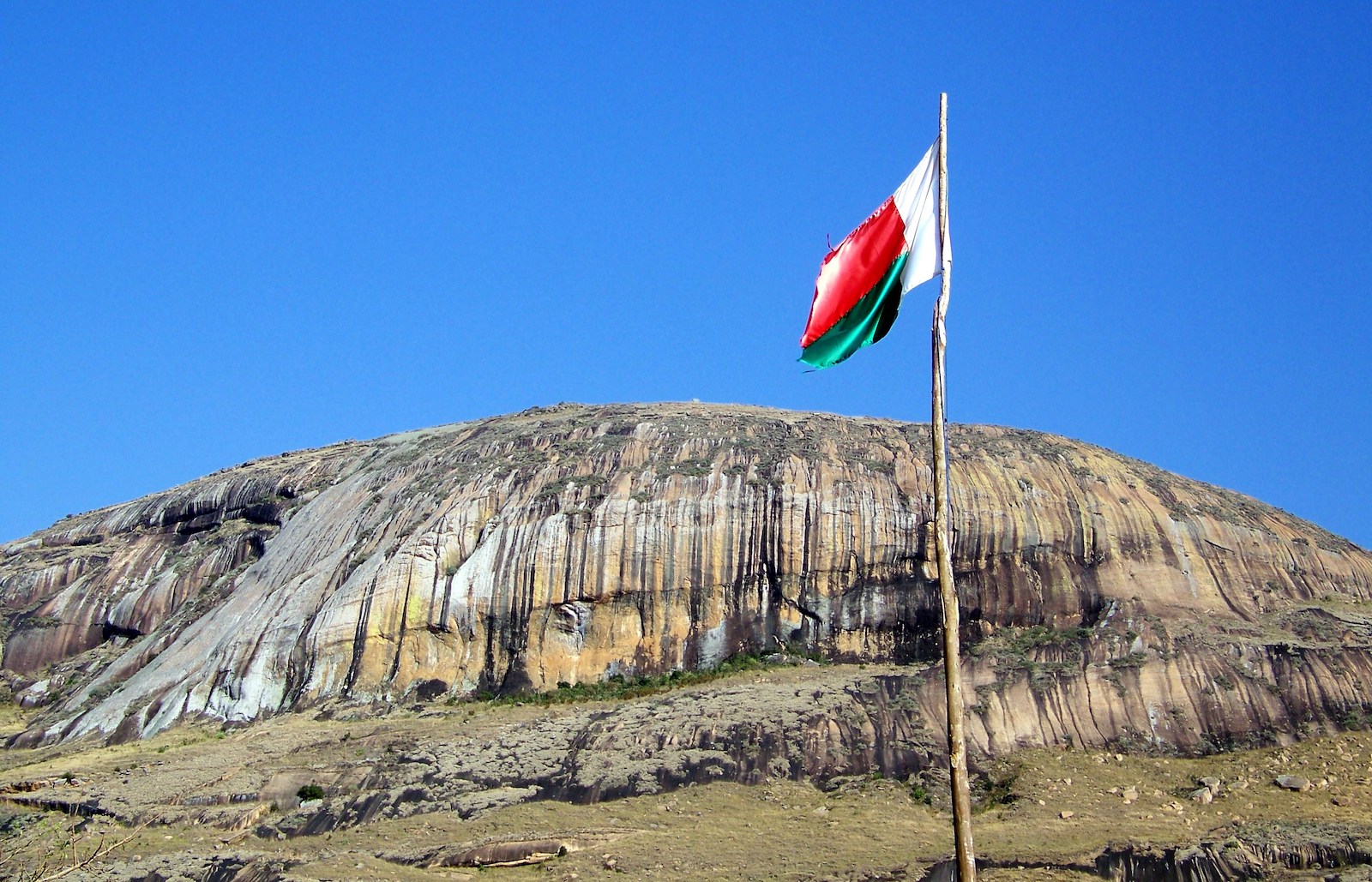
Part of what makes Madagascar so unique today is its dramatic history. The island was created 88 million years ago when it separated from Gondwana. The separation influenced the country’s biodiversity, as the plants and animals began to evolve and thrive in the island’s isolation.
The earliest known inhabitants, the Malagasy, came to the island in 490 CE and were of Austronesian origins. As the centuries went on, traders and explorers came to the island, starting in the 7th century with the Omani Arabs. By the 8th century, people from Southeast Asian countries like Java found Madagascar and spent time on the island.
By the 1500s, Europeans began to settle the country with large groups of pirates and slave traders. With the influence of Europe, Madagascar began to construct a feudal system with the Malagasy in power. Various kingdoms ruled Madagascar until 1885, which is when the French began to colonize the island.
The French influence on Madagascar continues today and can be seen in the colonial architecture and language. But France is no longer the ruler of Madagascar and the country became independent in 1960. However, due to its global past, Madagascar has become multi-ethnic and diverse.
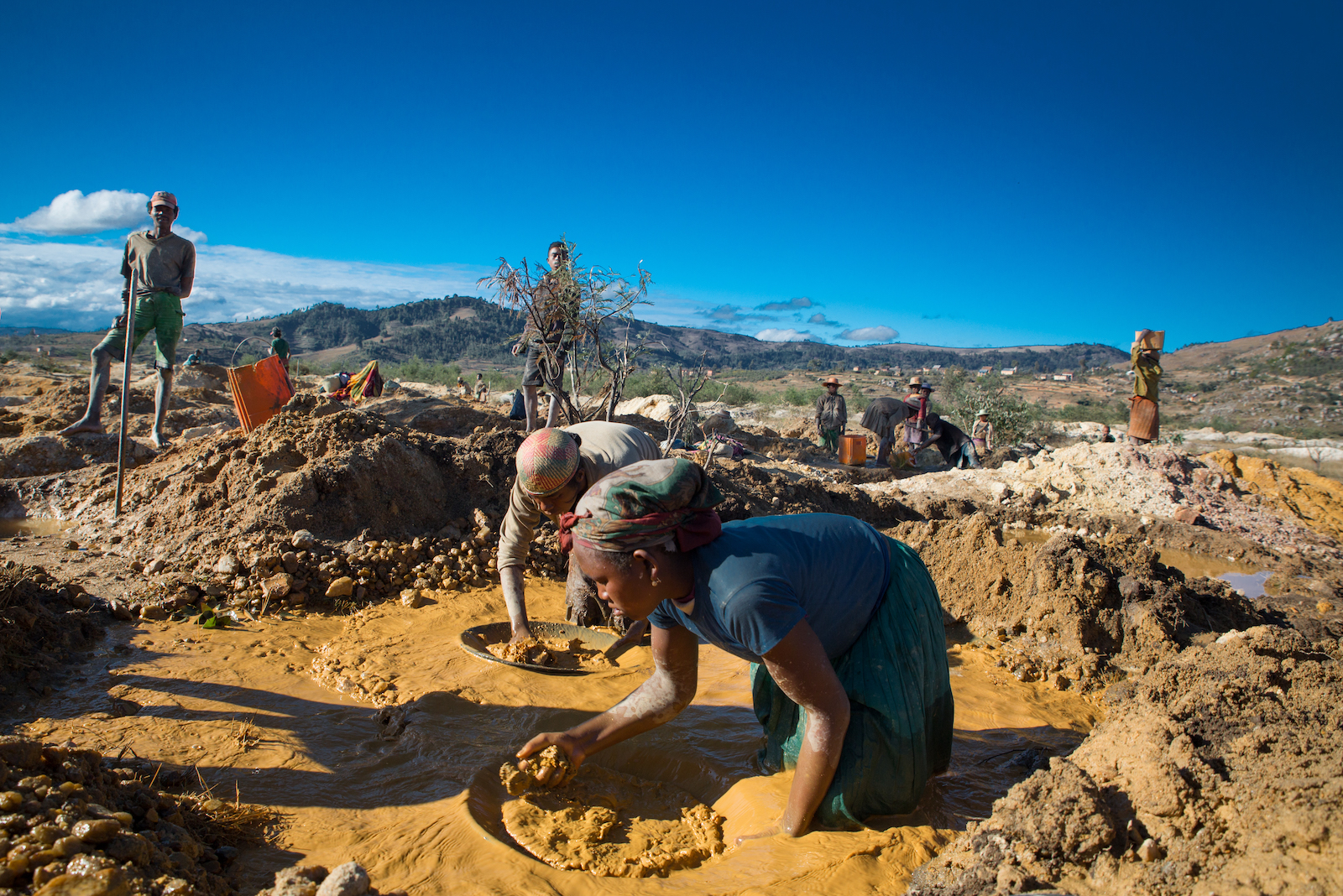
Tradition is greatly honored within the culture and a large portion of the population believes in myths, legends, and folklore. Witch doctors are also common throughout society. Christin and Islamic religions are as common and vary between regions and tribes.
Official Language
There are two official languages in Madagascar – Malagasy and French. Malagasy is an Austronesian language and is spoken by a large portion of the country’s 28.43 million (as of 2021) citizens.
It’s also primarily used throughout educational institutions. From the days of French colonization, French is the second official language in Madagascar. It was once taught in schools during the days when Madagascar was a colony, but now remains a popular language among educated locals.
Finally, English was once listed as an official language in Madagascar, but it was ultimately removed. The government thought that making English an official language would open the country up to more international business, but voters choose to remove it in 2010.
Spending Budget
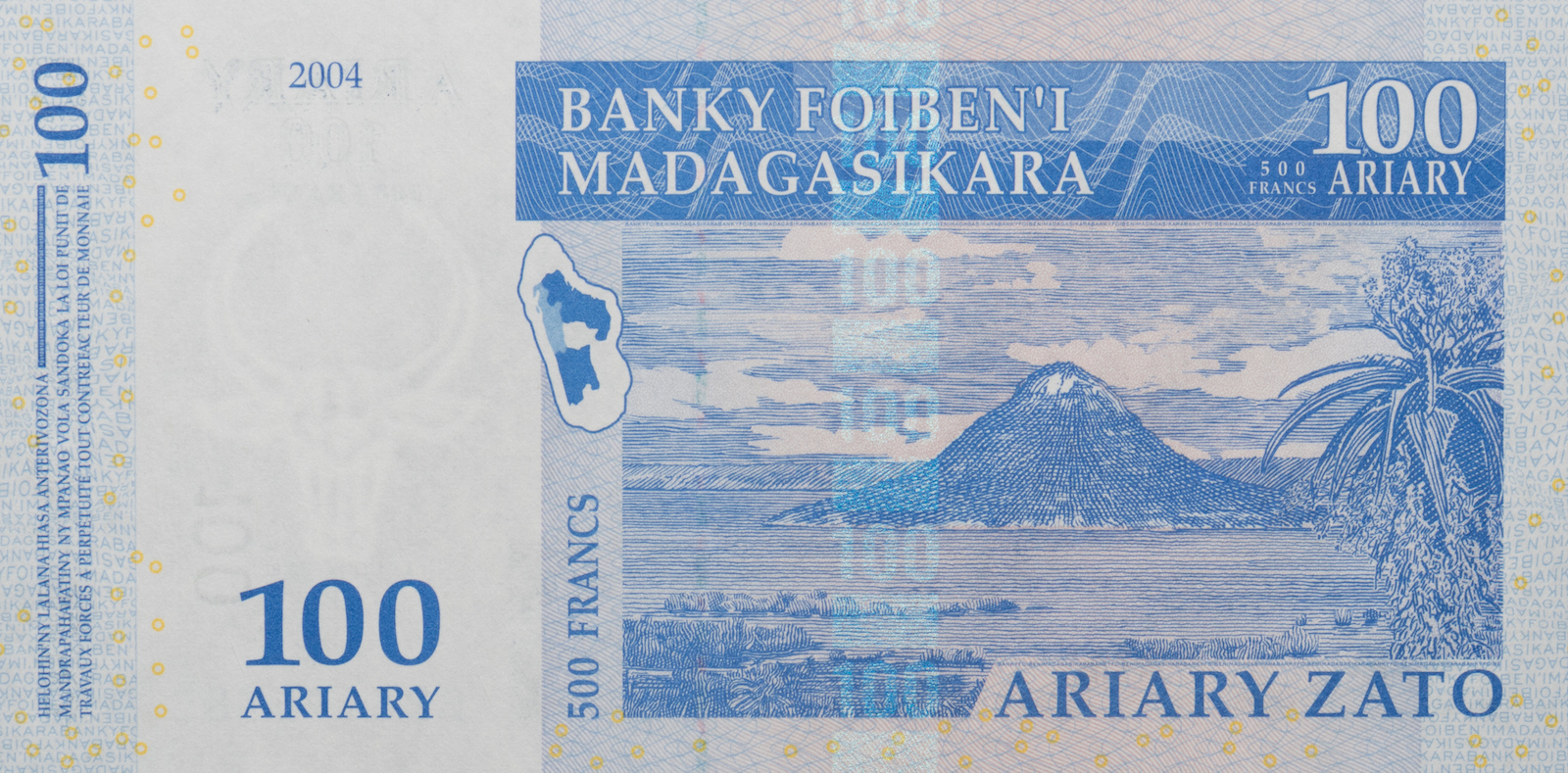
Madagascar is an expensive place to visit because it’s an island and most tourist destinations are rather remote, which means that it can get expensive as you hop from place to place. The most important considerations within your budget will be airfare, accommodation, food, drink, and transportation.
Airfare
Airfare is a large portion of your budget and while you dream of exploring Madagascar, it’s important to understand that it isn’t always easy to get to your destination. There aren’t a lot of airlines servicing the country and those that do will often make connections in Johannesburg or from European cities.
A round-trip ticket from the US will cost over one thousand dollars and can double in price during the tourist season. Flights from Europe cost less, however flying there, then transferring can be a hassle and costly. The busy season in Madagascar runs from July to August, which is when airline tickets will be the most expensive.
What’s normally summer in the United States is considered winter in Madagascar, meaning you can beat the heat and travel in cooler temperatures. Additionally, those hoping to snag a ticket last minute should be prepared to spend a lot of money, so it’s better to book earlier than later.
Accommodations
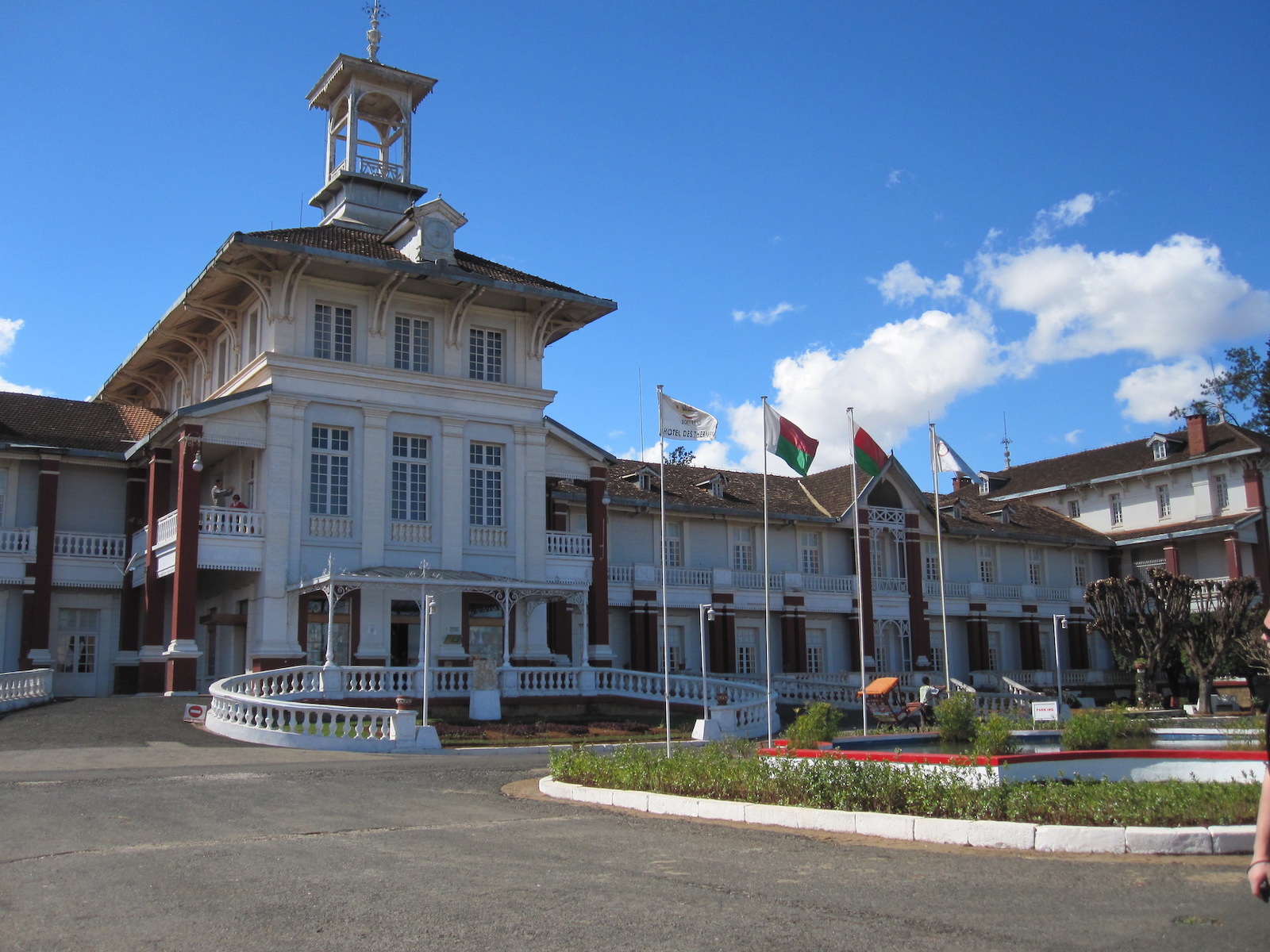
While you will have to spend a large portion of your budget on getting to Madagascar, the good news is that you can choose how much you wish to spend on accommodation. There’s a large range of prices allowing you to travel on a backpacker’s budget or in luxury.
Hostels in Madagascar are affordable with basic rooms and shared amenities costing a modest amount. A nicer room with more privacy won’t be much more, however, if you’re looking to stay in a guest house expect to pay closer to double.
If you prefer to stay in a luxury resort, you should expect to pay up to a few hundred dollars per night for a full-service accommodation experience. With the wide range in prices, you can help tailor your budget to afford more time or experiences in Madagascar.
Madagascan Food
Food is also important while you travel because it helps you keep up your energy and connects you with the local culture. While Madagascar or Malagasy cuisine is not world-famous, it’s affordable and delicious.
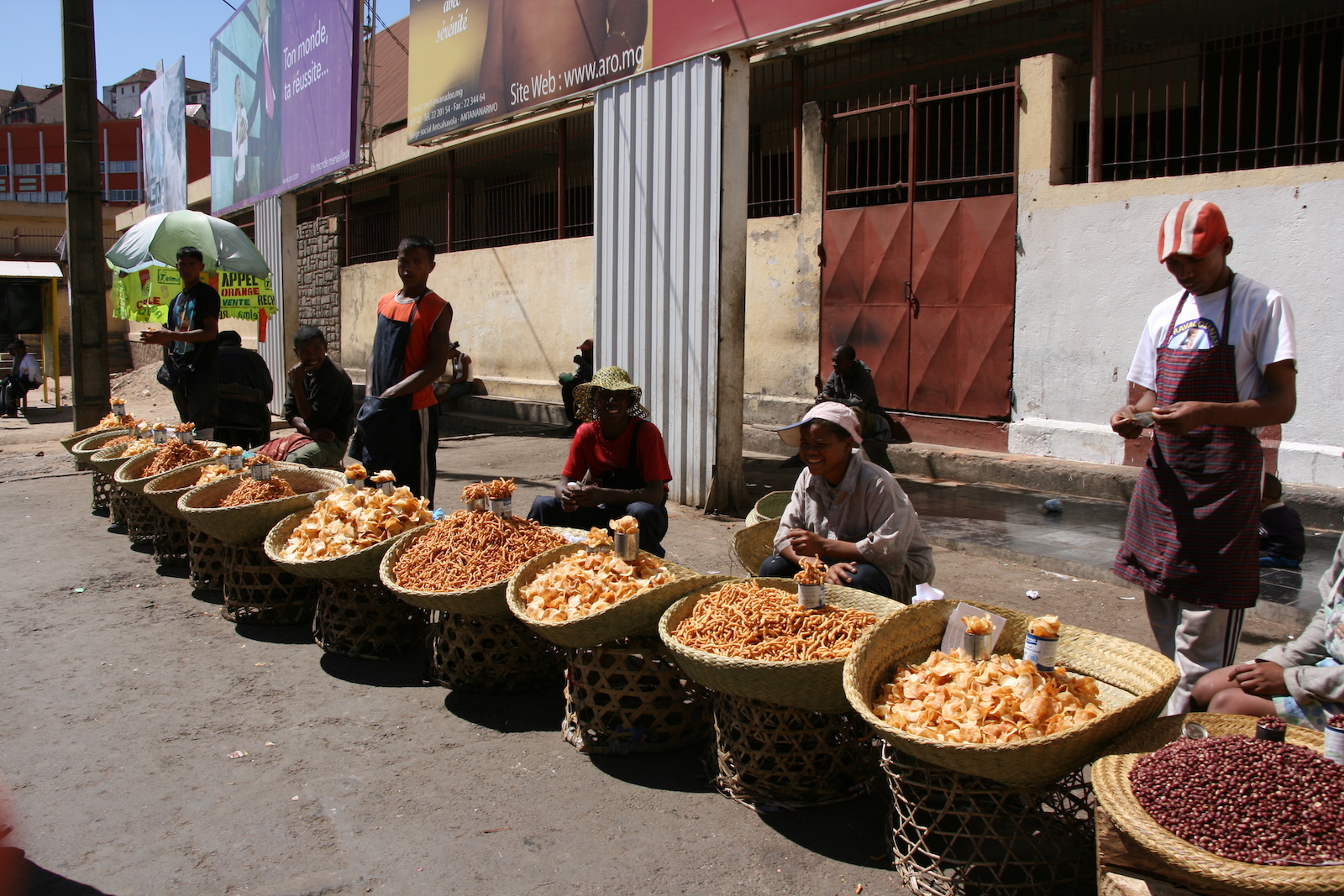
With low prices, you can dine out in Madagascar without going over budget. But the capital, Antananarivo, does have quite a few fine dining options if you wanted to splurge on a meal. Romazava is a traditional meat stew that is served with rice and leafy greens. It’s also Madagascar’s national dish and can be eaten for lunch or dinner.
For vegetarians, lasary is made of carrots, onions, cabbage, and green beans with a light vinaigrette. A unique take on stir fry is foza sy hena-kisoa, a seafood-based dish with rice, ginger, and lime. Mofo gasy is a bread-like breakfast food that often resembles small pancakes.
Finally, koba is a sweet dessert that’s made of bananas, vanilla, and peanuts. Popular fried snacks that are often sold on the street include mofo-anana and nem, which are both fried dishes.
Dining Out
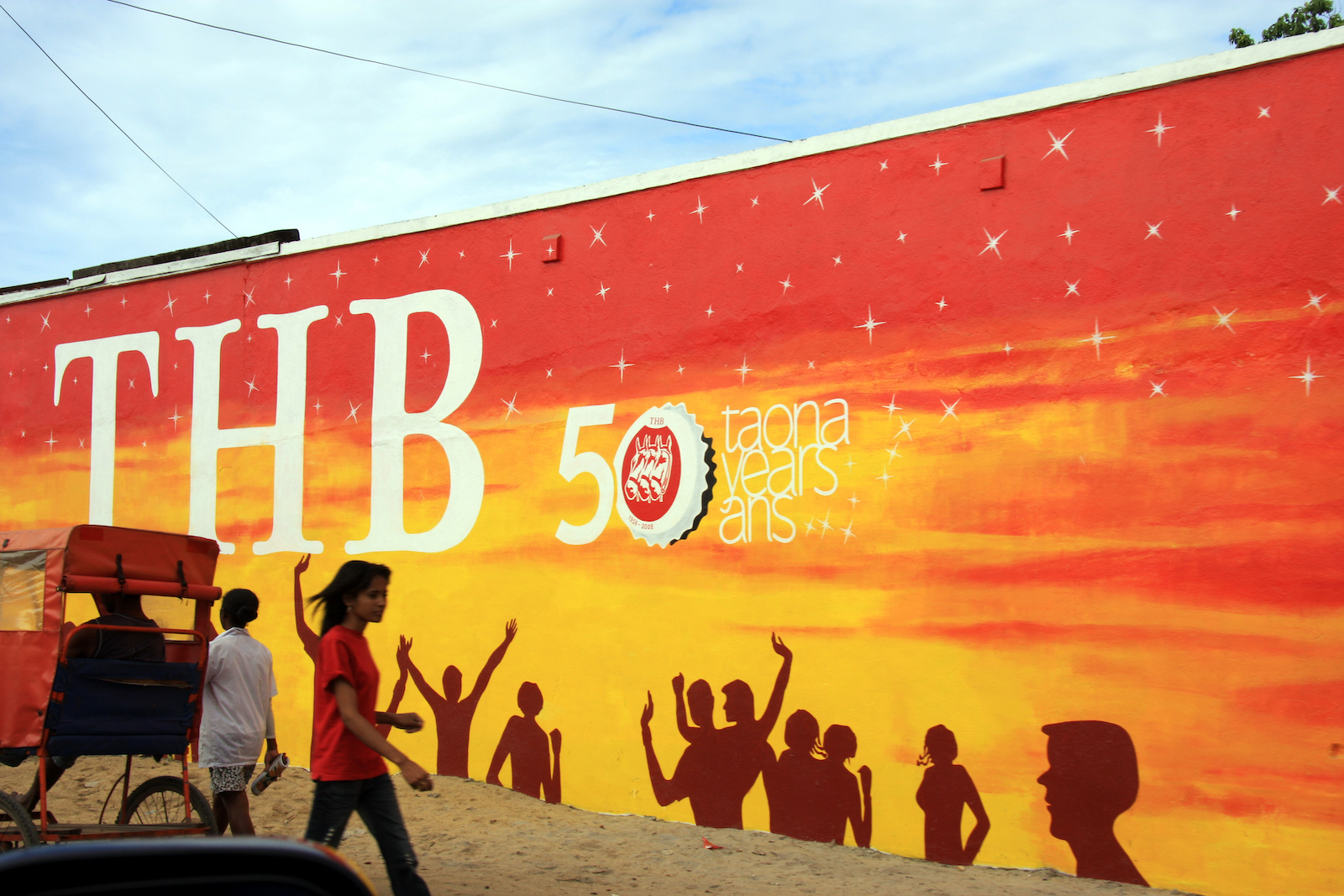
When you’re eating out in Madagascar, you should expect to spend a modest amount for each meal. Touristy restaurants will be the most expensive, although still relatively inexpensive, while local establishments will be fairly cheap. Street snacks, like nem, are the most affordable, costing less than a dollar at times.
If you head to the capital and visit a nicer location, you can expect prices to be closer to those in western countries. Drinking is another activity that you may wish to partake in, and it’s legal in Madagascar. However, due to the remoteness of the country, there are not many bars or restaurants outside of the big cities.
Beer, rum, and Toaka Gasy are the three most popular types of alcohol. Although, it’s recommended that you stick to larger labels or imported alcohol. Toaka Gasy is a local drink that is illegally brewed but often sold on the streets for cheap.
How to Get Around
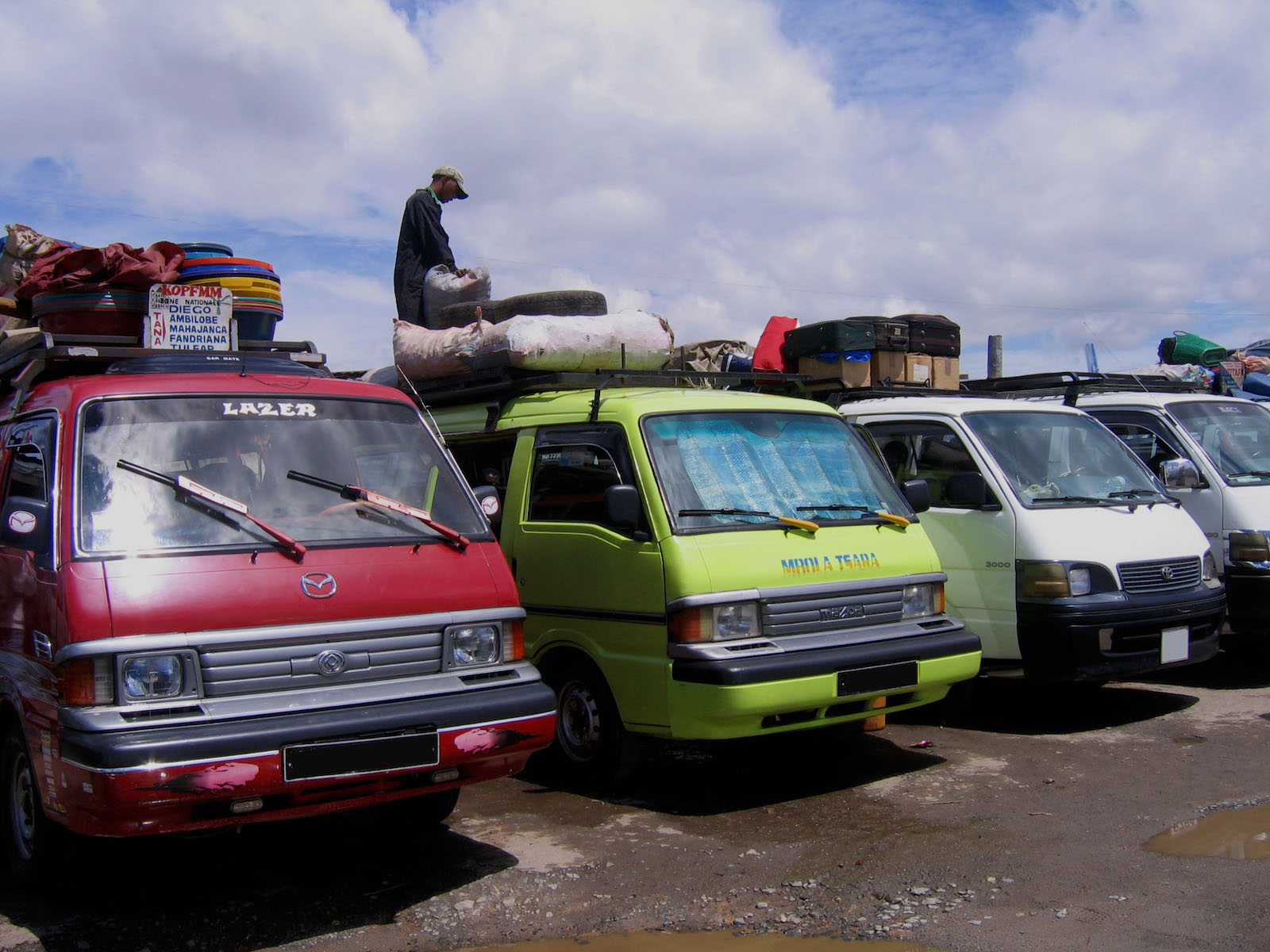
Madagascar is certainly an adventure and travelers who choose this as their next vacation destination will need to feel comfortable going off the beaten path and using the local transportation.
Due to the limited number of tourists each year, Madagascar is still developing its infrastructure and the majority of destinations that you’ll be interested to visit will be on limited roads or in remote areas.
Private Tour and Drivers
Most travelers will choose to visit Madagascar as part of a guided tour or hire a private guide for the duration of their stay. A guided tour will most likely be all-inclusive and you will safely travel on a designated bus with a group of people. An organized tour for two weeks in Madagascar normally costs a few thousand dollars.
If you don’t want to be part of a tour group, you can travel on your own by hiring a private car and driver. Travelers who form their own groups with friends or family will find that this is the easiest way to travel. A private car and driver will cost a moderate daily fee unless you need an off-road vehicle, which will be more expensive.
Buses and Taxis
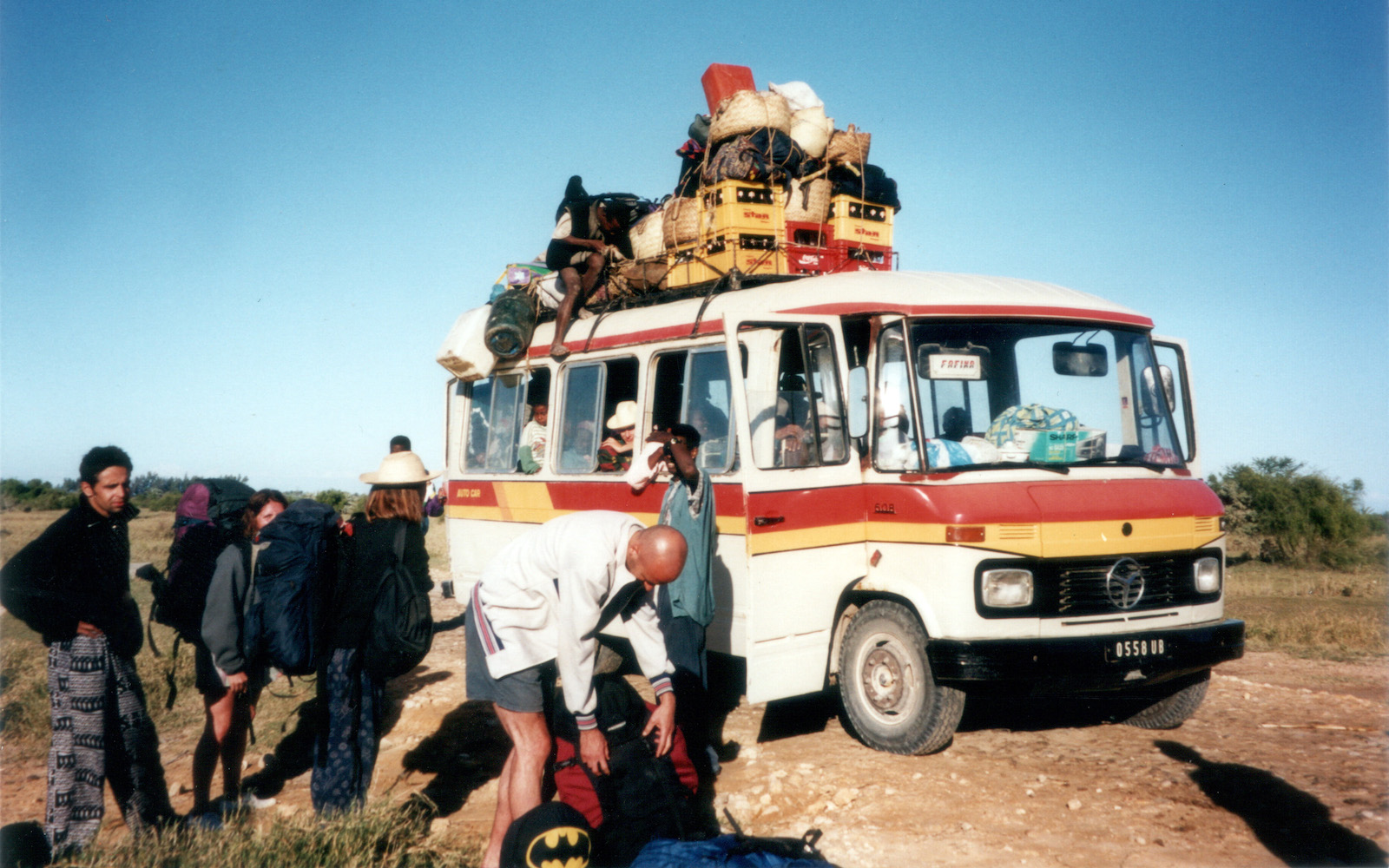
True solo travelers who aren’t afraid to go far off the beaten path can use local transportation and save on their budget. Local buses or taxis are packed with people, but usually cost less than a few dollars per ride. But you should be aware that local transportation isn’t always reliable or comfortable.
Flights
For travelers who are on a tight schedule, you can fly around Madagascar using domestic flights, but you should expect to spend a few hundred dollars. For most people, domestic flights will be too expensive to use, which is why joining a tour group or hiring a private driver is often the preferred method of travel.
Walking
Finally, you should take caution when you are walking around Madagascar, especially in big cities like Antananarivo. Crime is common in the cities and tourist stick out as targets of petty crimes like having their belongings stolen.
During the day, walking in groups is safe, but it’s highly recommended that you do not walk anywhere at night. Even in groups, it can be dangerous, and the best hotels will often hire personal security to escort their guests to their desired destination when the sun goes down.
Top Cities to Visit
Due to the remoteness of the entire country, there aren’t a lot of cities that are considered top tourist destinations in Madagascar. Nevertheless, there are some amazing places worth visiting while you explore this island nation.
With beaches, historic sites, and located close to national parks, you’re sure to have plenty to see and do while visiting these cities in Madagascar.
Antananarivo

Antananarivo is the capital of Madagascar and it is often the first destination that tourists see when they enter the country. The international airport is located in the city and while many eagerly escape into nature, the capital still has its charm.
While visiting, tourists can try the local cuisine and learn about the country’s history. There are multiple museums and you can often hire an English-speaking local student as a guide. Markets are also abundant in the capital and you can often find beautiful local crafts for sale.
Mahavelona
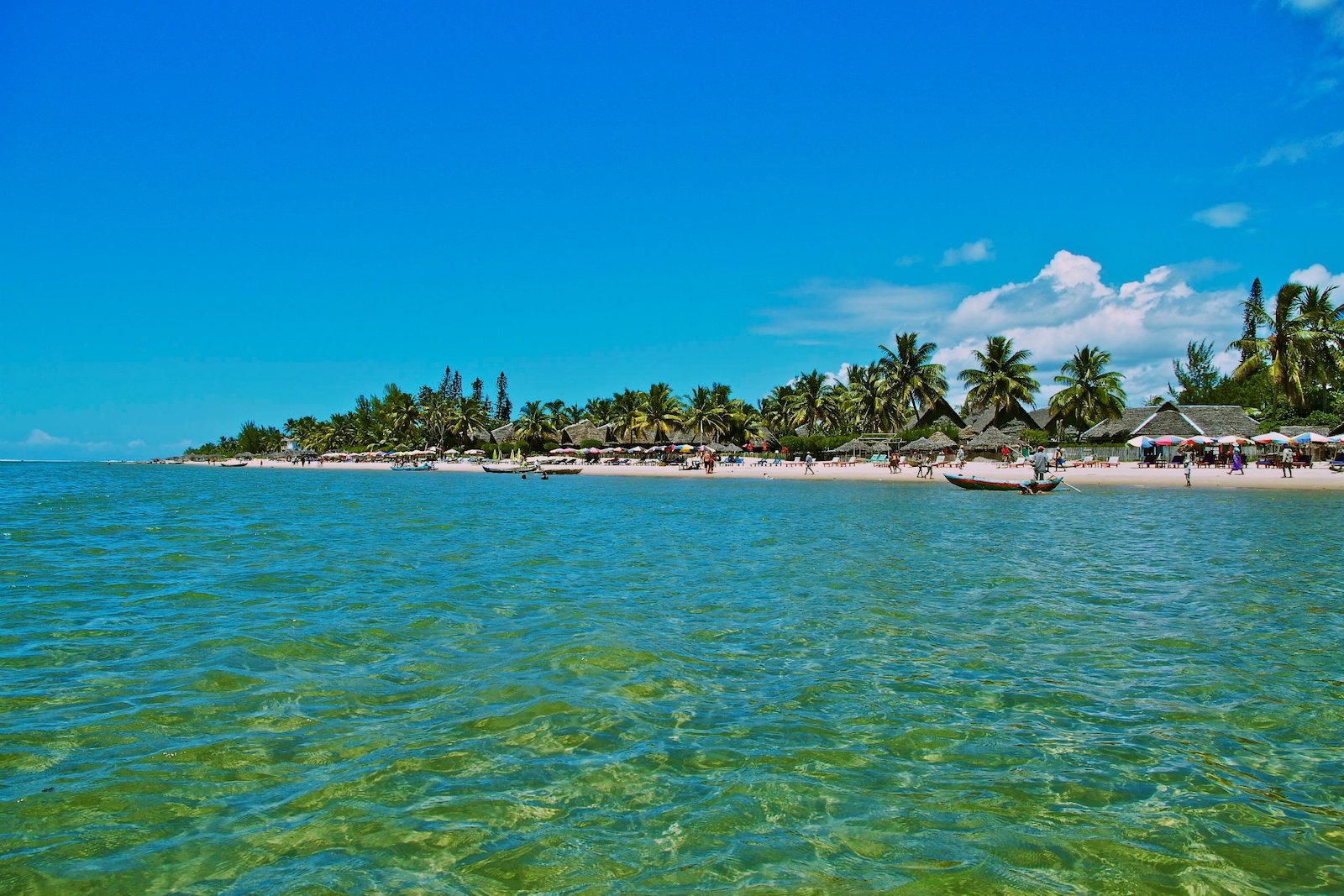
Mahavelona is one of the most idyllic beach destinations in Madagascar and has become a top tourist destination. The beaches are pristine, but you should be cautious when swimming due to sharks.
However, dipping your toes in the water and walking along the sand is a great way to relax. The town itself houses an abandoned fort from the 19th century and is a quiet place to escape for a day.
Toamasina
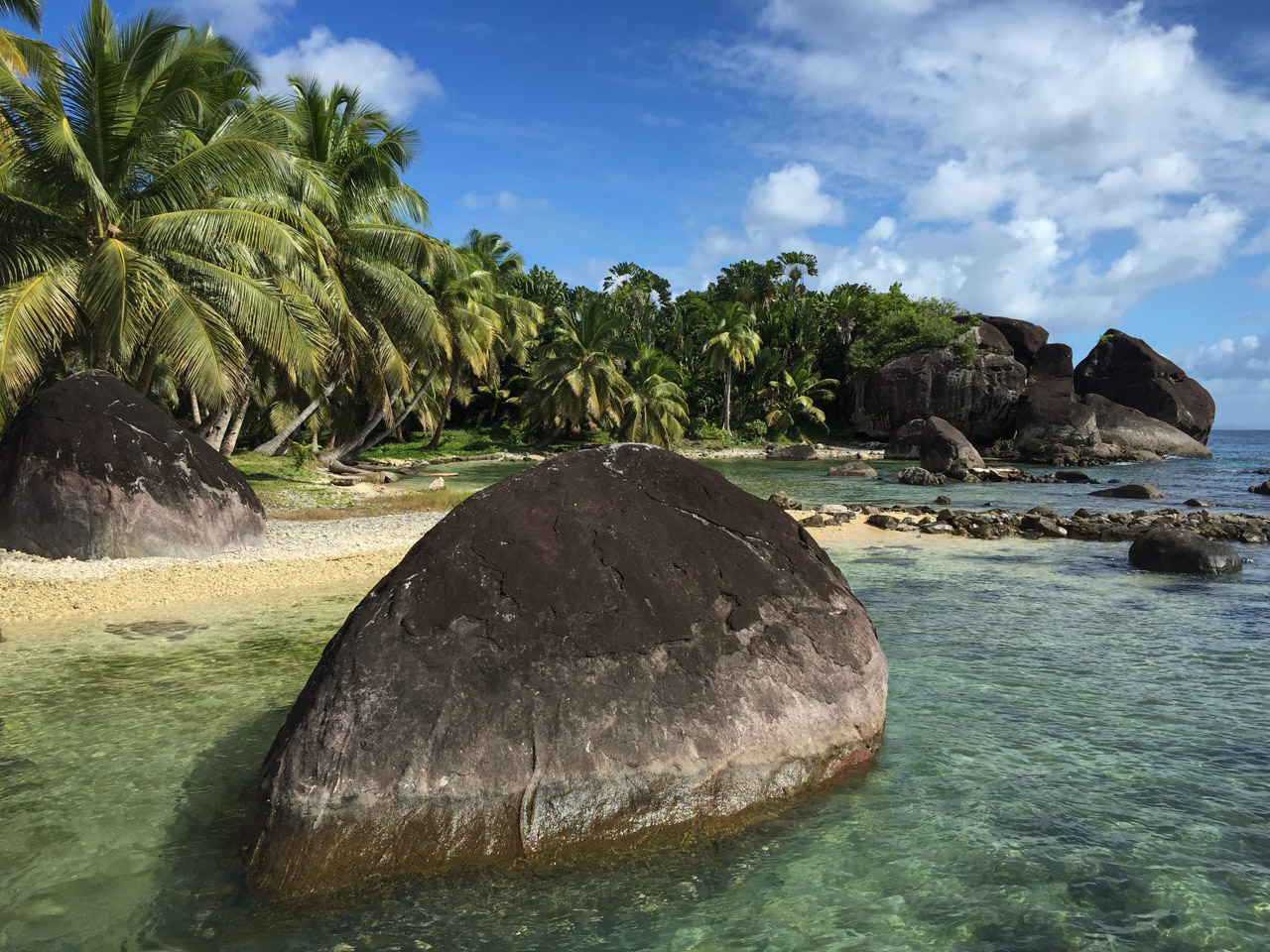
A resort town that’s still thriving from the days of French colonization, Toamasina is filled with old and crumbling colonial architecture. While the city is not the most attractive, tourists are often entertained to see the various cargo ships docking or explore Boulevard Joffre.
Joffreville
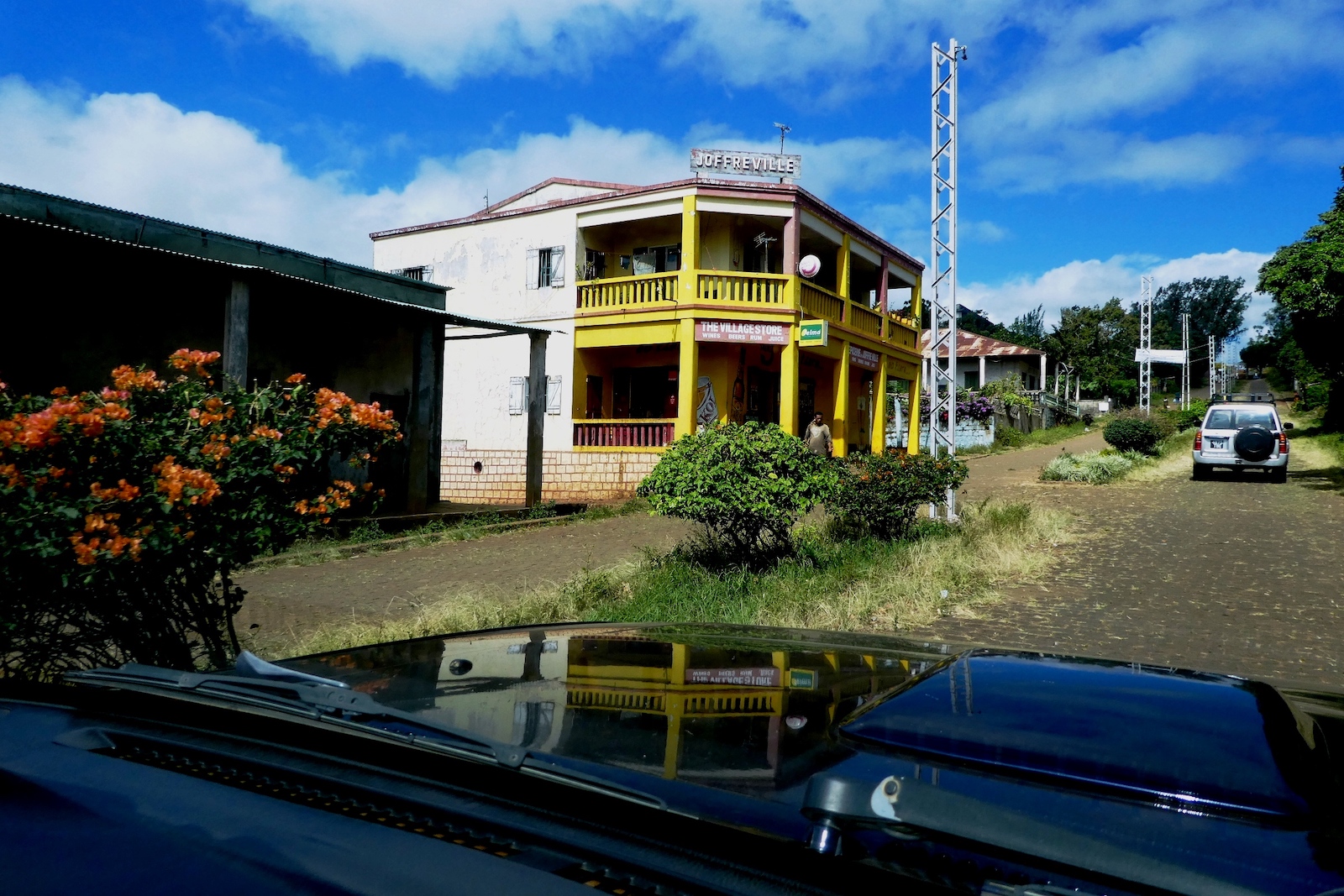
While Joffreville, a quiet colonial town, does not have too much to offer, its landscape does. The town is located close to the Parc National de Montagne d’Ambre and showcases the true biodiversity of the country. A great place to take in the views, you’ll see many tourists relaxing on the local beaches.
Points of Interest
Most visitors will find that there are more points of interest to explore in Madagascar than there are cities to visit. This is partly due to the remote destinations, which means that many attractions are located closer to small villages. For those looking to add a few places to their itinerary, here are the top tourist hotspots in Madagascar.
Ile Saint Marie
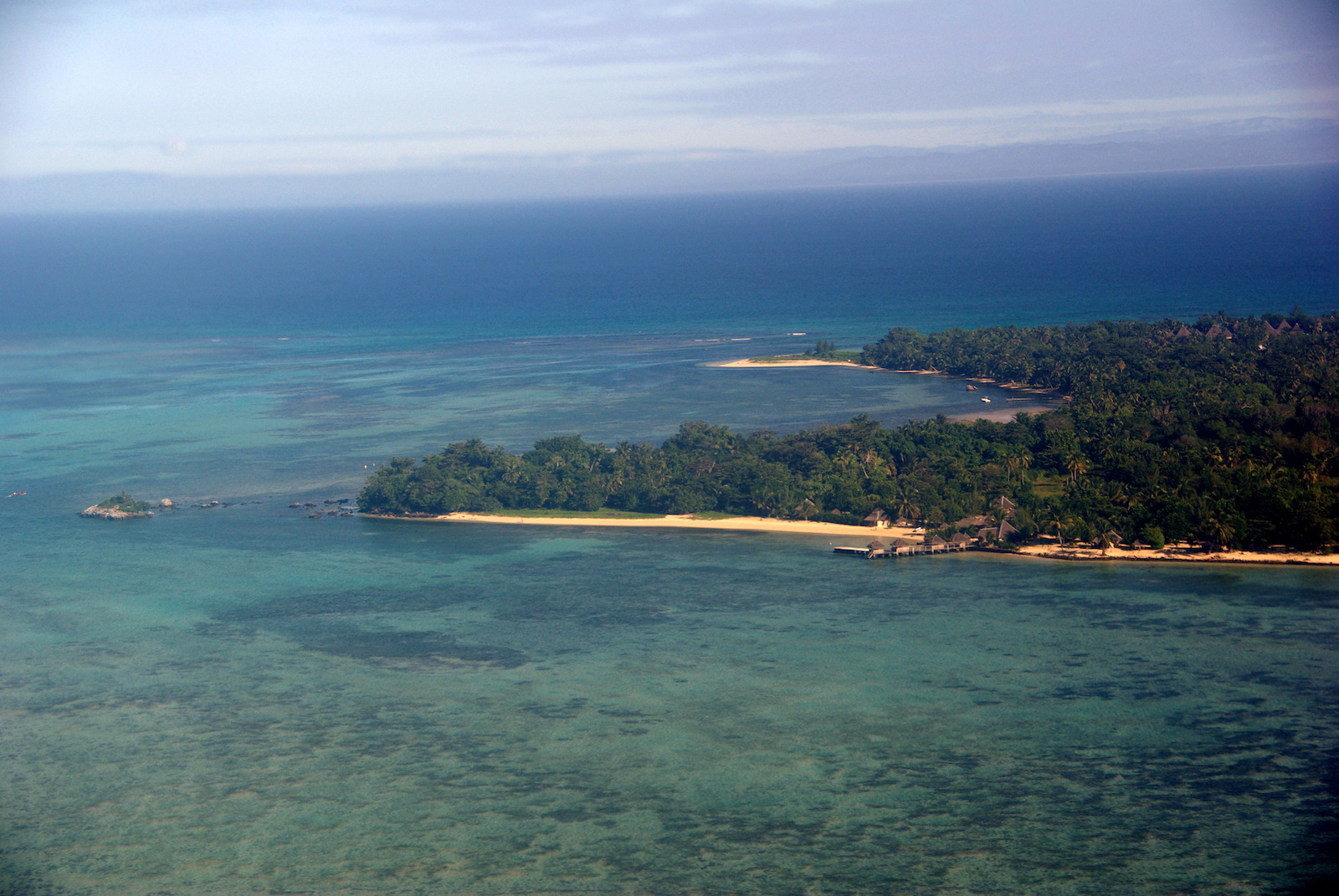
With turquoise clear water, Ile Saint Marie is a popular spot for snorkeling and scuba diving. A series of islands off of the coast of Madagascar, which was once frequented by pirates, visitors now enjoy seeing the wrecked ships and wildlife across its various bays.
Isalo National Park

With steep and drastic terrain, Isalo National Park is a unique landscape that is dotted with palm trees, pools of water, and sandstone towers. The beauty of the rock is beautiful, but it’s important to remember that guides are required to stay safe. You can easily hire a guide for a few hours or multiple days.
Tsingy de Bemaraha

With stunning limestone pinnacles, the Tsingy de Bemaraha Strict Nature Reserve is one of the main attractions along the West Coast of Madagascar. The pinnacles are the main attraction, but the national park also boasts mangroves and 7 different lemur species.
At the park, visitors can catch a glimpse of the famous Decken’s sifaka, which are easily distinguished by their white and black markings.
Avenue of the Baobabs
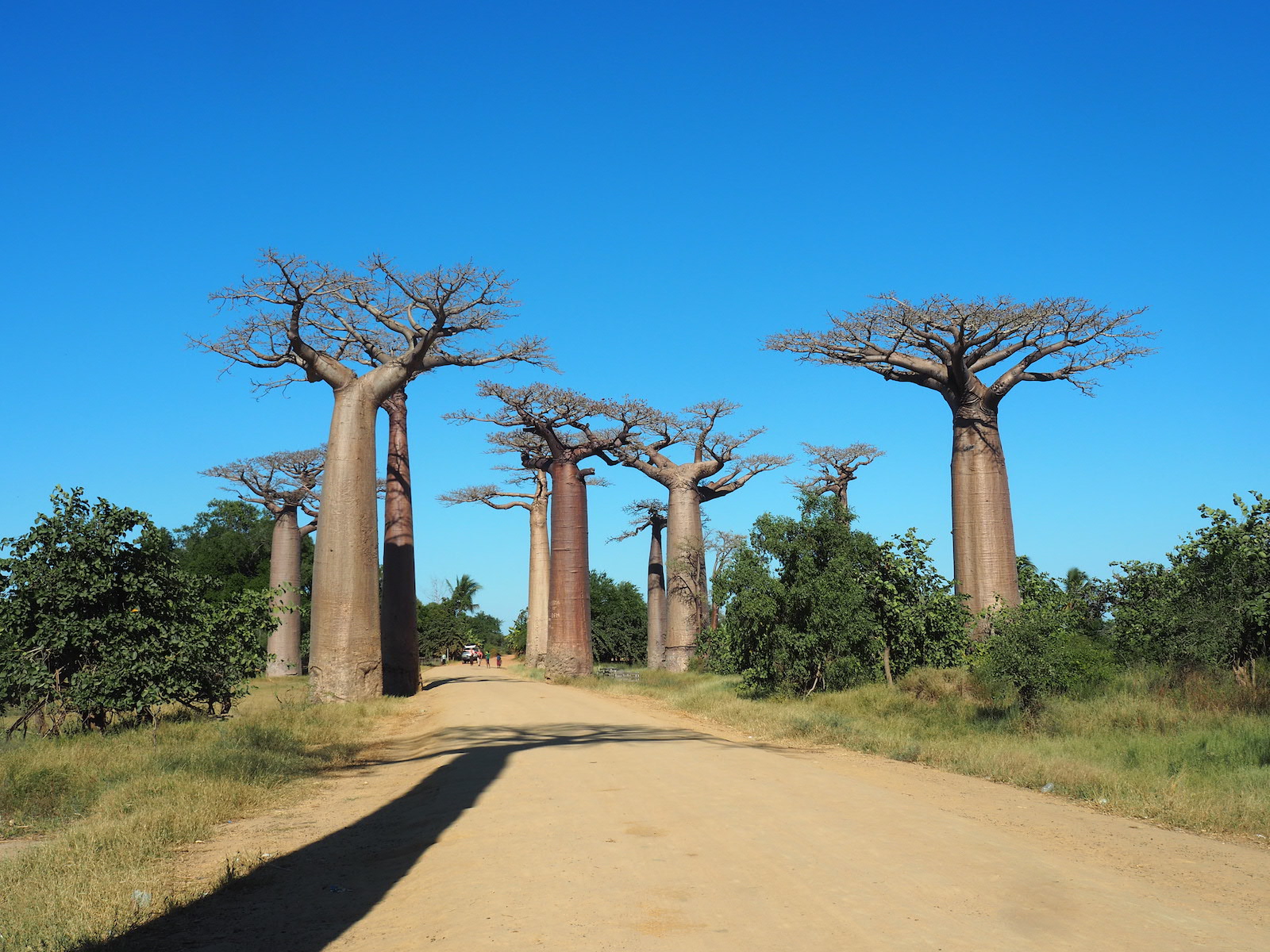
Aside from the lemurs, the baobab trees are an icon of Madagascar that are easily recognized by their unique shape. The Avenue of the Baobabs is one of the most visited points of interest in the entire country and has become world famous.
The trees line a small section of dirt road between two villages and now stand on their own. The area, which was once rainforest, has been cleared out by the people, and now only the baobab trees are left standing.
Andasibe-Mantadia National Park
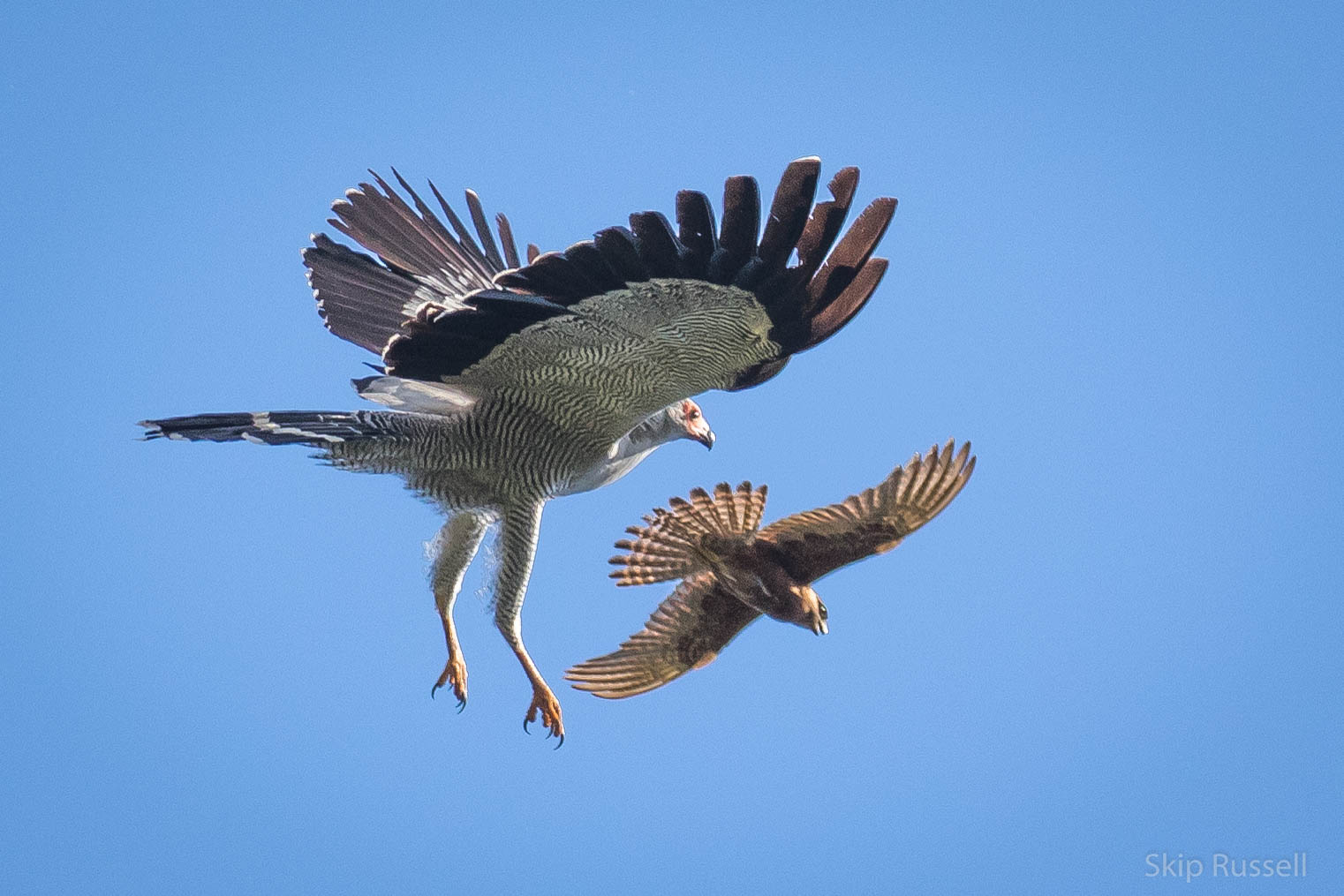
Home to the largest lemur species, the Indri, Andasibe-Mantadia is one of the most accessible national parks in Madagascar. Technically the area is a national park and reserve that has been combined into one large protected area.
At Andasibe-Mantadia National Park, you can hire a local guide to search for the famous Indri lemurs and spend a full day exploring the lush landscape.
Masoala National Park
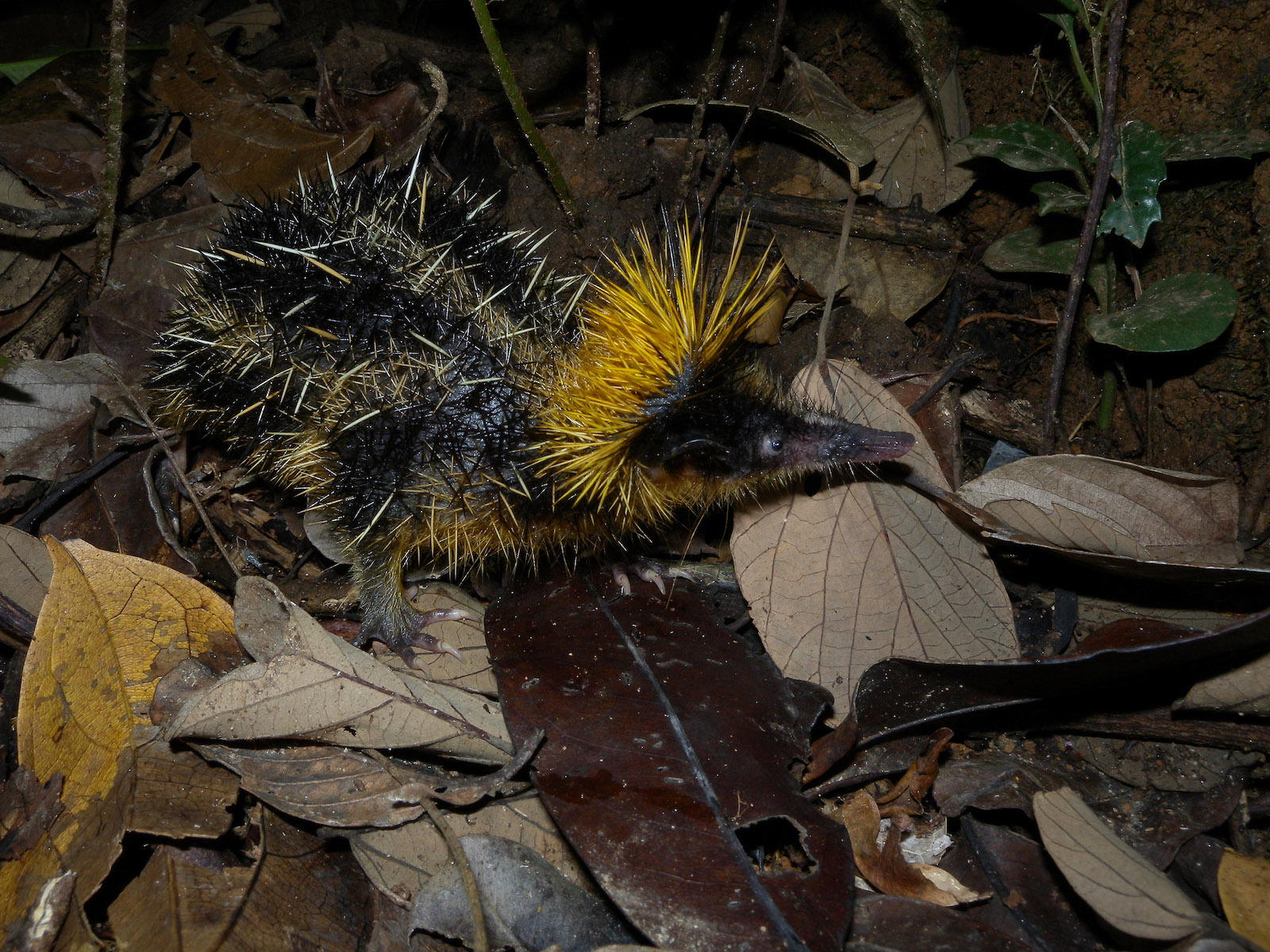
With ten species of lemur, Masoala National Park is most famous for housing the strange-looking strepsirrhine primate, the aye-aye. Clinging to branches in search of a grubby snack, this nocturnal creature is rather weird looking. Biodiversity is also expressed in this national park and you also have the chance to view various bird and reptile species.
Ranomafana National Park
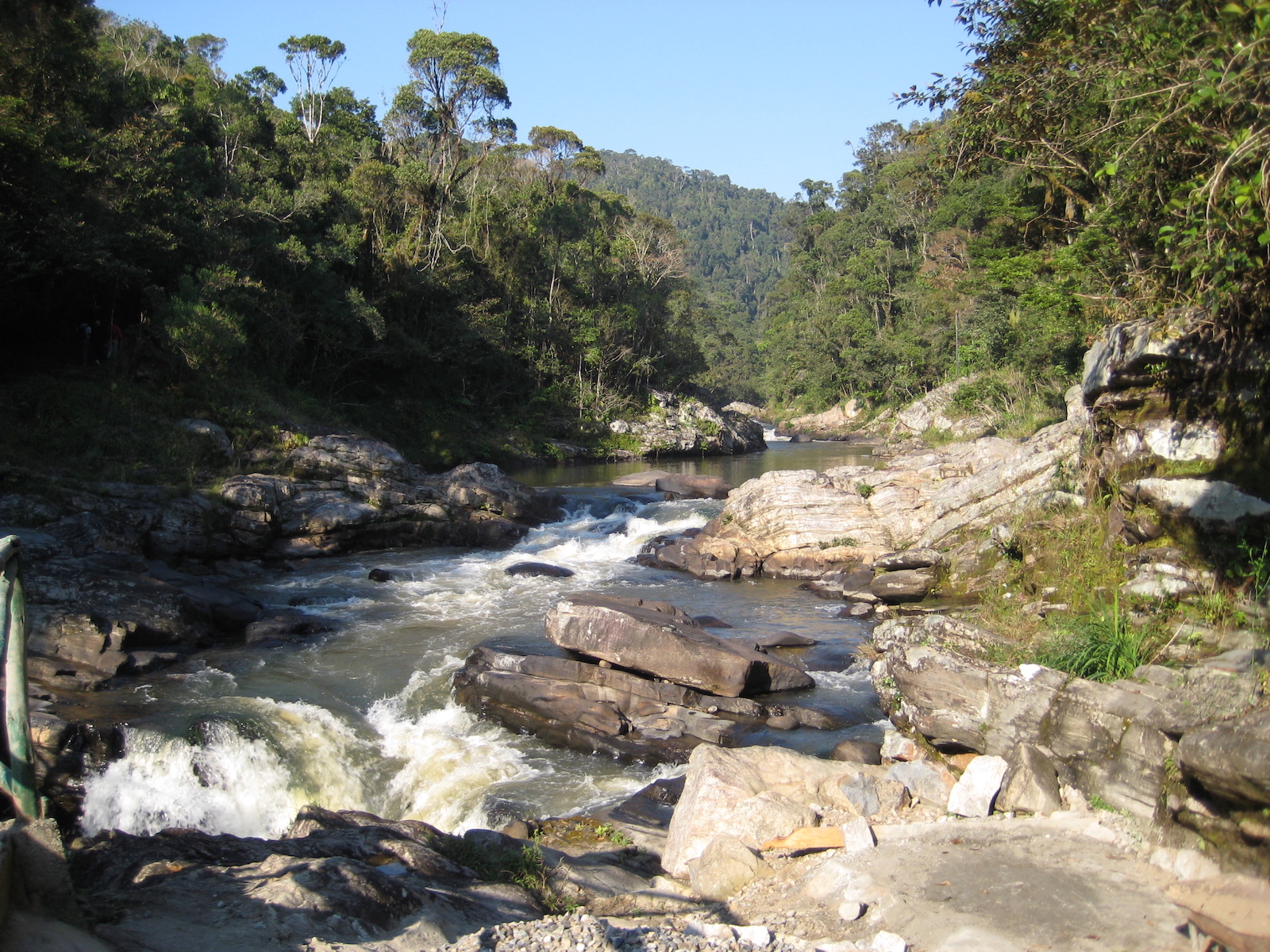
Ranomafana National Park is one of the most popular parks in Madagascar that annually draws large numbers of tourists. The park is most famous for being the home to the golden bamboo lemur, which feeds on bamboo shoots. But the scenery is also beautiful, and you can explore the mountain hills and clear streams.
“The Great Red Island”

While Madagascar is not suited for every travel, adventure enthusiasts who have a love for nature will jump at the chance to visit this biodiverse gem. Here, the road less taken will reward you with unique wildlife, exclusive views, and satisfaction as you learn to navigate the remote terrain.
With a growing tourist industry, the time to visit Madagascar is now before it explodes with visitors.


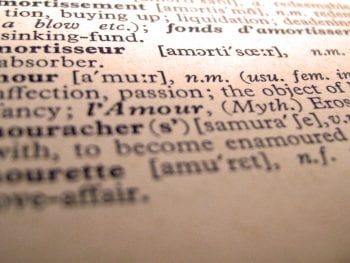
 10 Most Famous Foods & Drinks in West Virginia
10 Most Famous Foods & Drinks in West Virginia